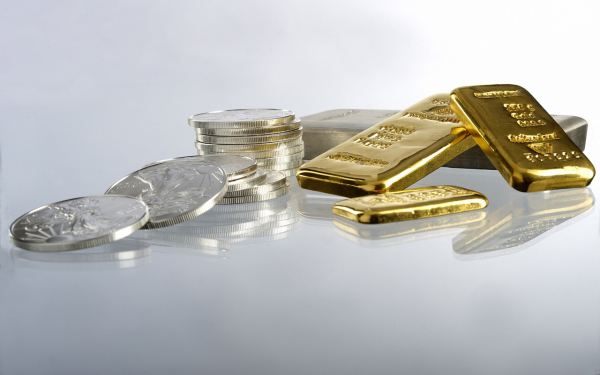
Silver Storm Mining Ltd. (TSXV:SVRS)
Building the Next Latin American Silver Producer.

In recent years, the prices of gold and silver have continued to maintain a range-bound pattern. Precious metal mining stocks have been in a sustained downturn for many years, with the VanEck Junior Gold Miners ETF (GDXJ) currently at its lowest level since the early days of the 2020 COVID-19 pandemic. Compared to the gold miner index, gold’s performance is somewhat better, but market sentiment for physical gold remains subdued.
What catalysts are needed for the successful upward breakthrough of gold and silver prices?
First and foremost, the shift in Federal Reserve policy, specifically interest rate cuts and a more accommodative monetary policy, is of primary concern to investors.
After the aggressive interest rate hikes, although the Federal Reserve has paused, the long-awaited interest rate cuts have yet to materialize, surpassing the expectations of many. In a prolonged high-interest-rate environment, the U.S. stock market has continued to rise, frequently reaching historic highs, and economic data has been strong to the point of disbelief. Of course, voices regarding an impending economic recession are prevalent in the market, but this year is also an election year, and the bureaucrats behind these economic data are under pressure themselves, as they cannot allow the favorable situation to deteriorate on their watch.
However, if the fear of an economic recession prevails and the stock market ultimately experiences sustained selling, both Federal Reserve Chairman Powell and the Federal Open Market Committee (FOMC) will come under immense political pressure. If they are unable to withstand this pressure and choose to change their policy direction, the U.S. dollar will weaken, and precious metal prices will rise.
Another potential catalyst for the rise in gold and silver prices is a second round of commercial real estate crises in the United States.
The expiration of the Bank Term Funding Program (BTFP), an emergency financing tool launched by the Federal Reserve, at the end of March, has caused the stock prices of small and regional banks to decline once again in anticipation of this event.
Nevertheless, over the past year, the financial environment has not only failed to improve but has become even more severe. The issues in the commercial real estate industry continue to ferment, and the paper losses in bond investment portfolios and bank balance sheets have not disappeared. Following the experience of the first round of commercial real estate crises, some depositors may convert part of their savings into gold and silver, leading to a sudden surge in demand for precious metals.
The eruption of a new war could potentially have an impact on precious metal prices, and presidential politics could also serve as a driving force for the increase in precious metal prices. In 2016, Trump’s policies had a dampening effect on the retail demand for gold and silver: gold investors were more conservative, as many believed Trump could solve many issues, leading to a decrease in the demand for safe-haven assets. A similar phenomenon could occur again this year.
The last catalyst is the gold price itself. If the gold price effectively breaks through the consolidation range, the technical indicators will improve, and the change in trend will attract investors to participate in this market. In recent months, speculators have built up a large number of short positions. Unless the silver price breaks through $30 and the gold price breaks through and stabilizes above $2100, these individuals will not reverse their positions.